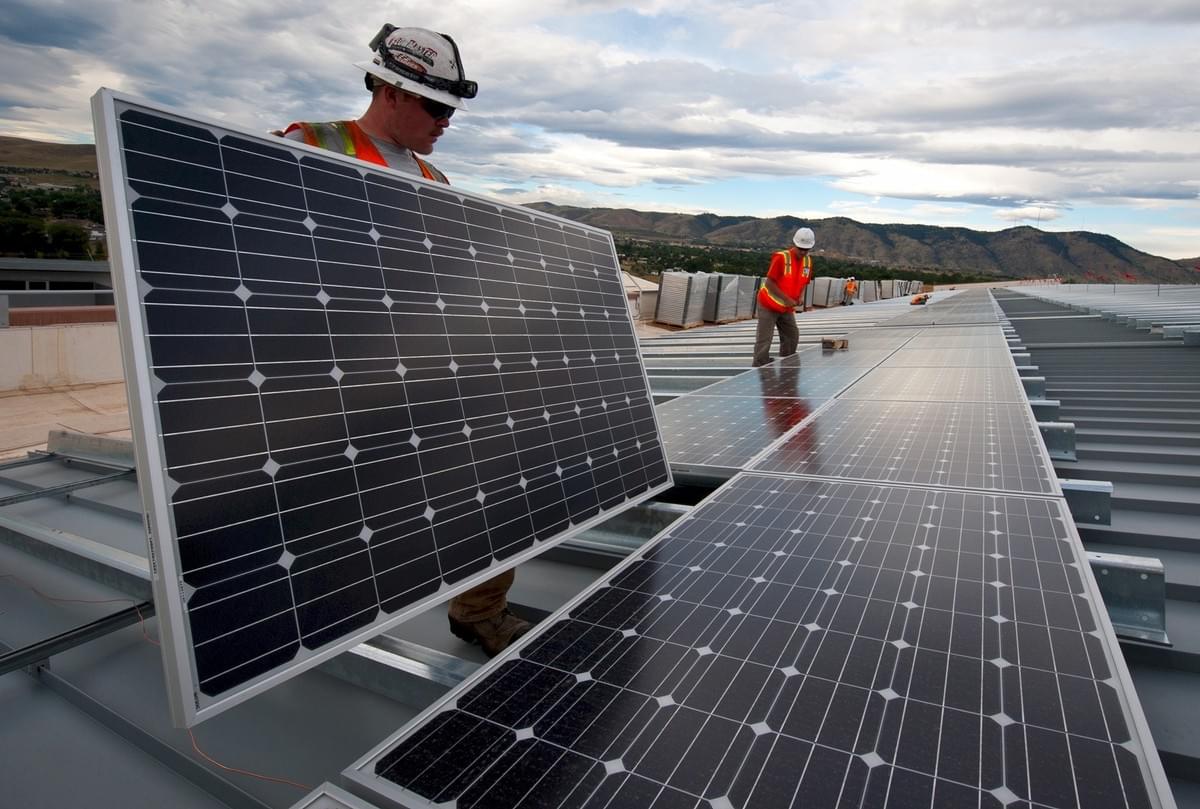
When a solar panel is installed in a residential area, the entire process can take anywhere from one to three days. The actual installation process is complicated, however, as many contracts need to be signed. This includes contracts with the electrical company, solar panel installer, and local building inspector. If you're unsure whether or not your local building department will approve the solar panels, you can always check with the local building inspector. They should give you the final approval.You can install solar panels yourself if you have the skills and experience. If you hire the Blue Raven Solar firm experts, they'll take care of everything for you, including preparing the roof and placing electrical wiring. They'll build the racking on your roof, attach it, and test it to make sure it's secure.
Once the racking is installed, your solar panels will be installed. You'll connect the inverter to the panels.After solar panel installation is complete, you'll want to clean and maintain your new panels. A hose and soapy water is enough to clean your panels, but it's best to avoid using cold water on hot solar panels. After installation, you'll need to check the panels every four or six years to make sure they're performing as expected. You can also hire a solar panel cleaning company to perform this task for you. You'll also want to keep your solar panel installation company updated with any updates or maintenance needs you may have. When it comes to the paperwork associated with installing a solar panel system, it's vital to hire a professional. A reputable solar installer will handle all the paperwork and assess your property before creating permit drawings. The Building Department regulates solar permits, so it's important to hire a professional. The installer must have a certified permit to install a solar system. They will also submit the "Inspection Passed" certification to your utility company, which will give you permission to install the system on your home. Before installing your solar panels, make sure you get an electrical diagram of the system you have selected. This document will be useful for obtaining permits, but also acts as a guide for installation. The electrical diagrams also contain estimated savings over the lifetime of the panels. Using a solar panel calculator will help you determine the best system size for your home and roof, the best part of the roof for sunlight exposure, and the best battery size. You can learn for yourself more here on this topic.
You should also research which types of solar panels and power optimizers to buy. You can also consider buying a backup brand, in case the original manufacturer is out of stock. Having backup batteries will help you avoid a lengthy payback period and provide you with a bulletproof back-up system if the grid goes down. Furthermore, solar consultants can help you decide what type of equipment will best suit your home and energy needs. Then, schedule your solar panel installation.
To get more enlightened on this topic, see this page: https://simple.wikipedia.org/wiki/Solar_panel.